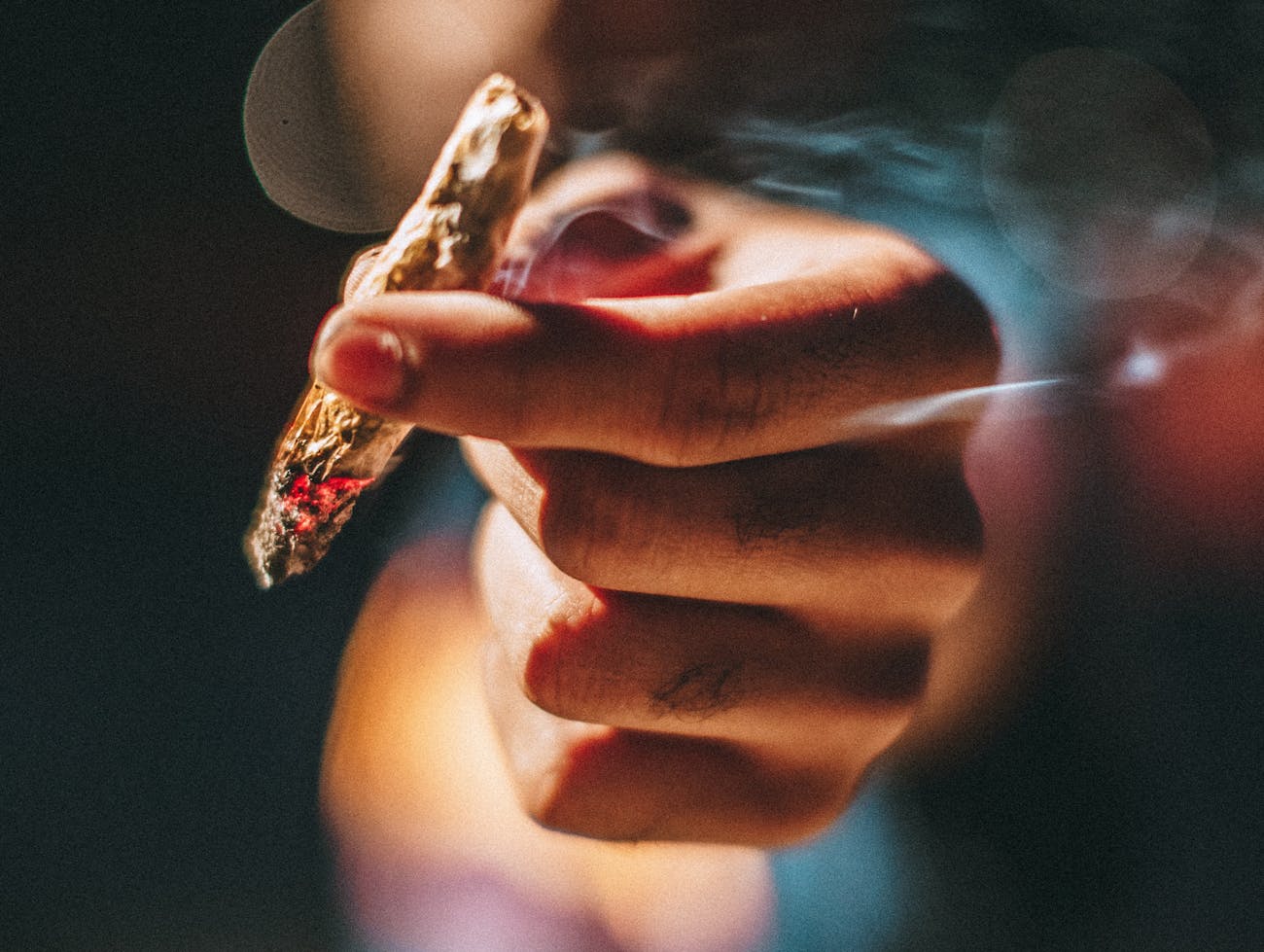For years, marijuana has been viewed as one of the fastest growing industries on the planet. And if Wall Street's projections for 2029-2030 prove accurate, it's likely to remain that way for the foreseeable future.
However, a closer examination of cannabis stocks shows that expectation and reality have been from the same of late. Although marijuana stocks blazed out of the gate during the first quarter, their performance has been downright abysmal over the past 5.5 months.
While some folks would rightly view this bifurcation as an opportunity to snag incredible deals on businesses that should outpace the market, in terms of growth, for the next decade, it might not be such a wild idea to consider that this weakness in pot stocks may persist for many quarters to come. Here are four reasons this recent weakness in marijuana stocks may become a new norm.
1. The black market is capitalizing on a nascent industry
Arguably the biggest obstacle to overcome is that there's no precedent to legal marijuana, which has opened the door for the historically enormous black market.
In Canada, the legal market has been contending with persistent supply shortages since the green flag waved on Oct. 17, 2018. There are multiple factors to blame for these shortages, including the growers themselves, which waited on expanding cultivation capacity until they were certain the Cannabis Act would become law, leaving them short of supply as legalization kicked off.
But a bigger issue has been Health Canada, which began the year with more than 800 cultivation, processing, or sale licenses on its desk for review. Such a large backlog has meant extensive wait times for growers. Aphria (NYSE:APHA), which projects as a top-four grower in Canada with 255,000 kilos at peak production, has been waiting for more than a year to get the go-ahead on its cultivation license application at Aphria Diamond. When operational, Aphria Diamond will account for 140,000 kilos of Aphria's 255,000 kilos of annual output.
Meanwhile, taxation is to blame for sales disappointments in select U.S. states. California, for instance, opened its doors to recreational marijuana sales in 2018, yet saw legal weed sales decline by $500 million from the previous year when only medical marijuana sales were legal. The problem is that the Golden State is taxing the daylights out of its adult-use consumers, and it's clearly resulted in a thriving black market. As long as illicit producers can drastically undercut legal-channel pricing, the industry has a serious problem.
2. Profits matter, and income statements aren't up to snuff
Secondly, understand that as the marijuana industry matures, Wall Street and seasoned investors will be looking for these companies to begin delivering like time-tested businesses. This is a fancy of way of suggesting that operating results actually matter now.
The problem is that, with the supply and tax problems noted above, earnings results haven't been up to par.
Mind you, there have been exceptions to the rule. A handful of U.S. multistate operators have already turned the corner to recurring profitability. Further, extraction-service providers in Canada and the U.S. look to have a business model that'll lead to rapid growth and highly predictable sales and cash flow. But when taken as a whole, the cannabis industry hasn't performed as expected.
Earlier this month, Aurora Cannabis (NYSE:ACB) wound up reporting fiscal fourth-quarter results that largely underwhelmed Wall Street. Despite a substantive increase in production, Aurora missed its own sales guidance (albeit unaudited) from five weeks prior, and came nowhere near the recurring positive adjusted EBITDA that was alluded to when the year began. More specifically, Aurora Cannabis' press release pointed to supply issues that were beyond the control of the company moving forward, which suggests that these early stage operating struggles are unlikely to disappear anytime soon.
Until cannabis stocks demonstrate that they can be profitable, this industrywide weakness may persist.
3. History tends to repeat itself
Thirdly, don't overlook the propensity of history to repeat itself, especially when it comes to next-big-thing investments.
Over the past quarter century, there have been a number of huge growth opportunities presented to investors, including the rise of the internet, business-to-business commerce, genome decoding, 3D printing, blockchain, and even marijuana. This is just a snippet to a really long list. And while there have been plenty of businesses within these movements that've been wildly successful over the long run, the initial run-up in valuations for these next-big-thing investments was eventually met with a burst bubble.
The fact is that Wall Street and investors are, historically, always overzealous when it comes to next big growth story; and I doubt marijuana will be any different. Sales and profit estimates for cannabis stocks have been falling precipitously throughout the year, and that's a trend liable to continue with black market production stepping up with supply and tax issues problematic throughout much of North America.
4. Trust is a big problem
Finally, there's a clear trust problem with marijuana stocks. And when there's a trust issue, it pretty much doesn't matter how inexpensive a company or industry looks to investors – they're going to avoid it.
The aforementioned Aphria has been contending with trust concerns since early December. Nine months ago, the duo of Quintessential Capital Management and Hindenburg Research released a scathing short-side report alleging that Aphria grossly overpaid for its Latin American assets. Although an independent committee didn't find this to be the case, Aphria's longtime CEO Vic Neufeld stepped down after conflicts of interest regarding the deal were uncovered. As icing on the cake, Aphria still wound up taking a $50 million Canadian writedown on its Latin American assets in a subsequent quarter, leaving investors confused as to what to believe.
Of course, there's been no greater violation of investor trust than what CannTrust Holdings (NYSE:CTST) did back in early July. Following a review by Health Canada, CannTrust announced that it had been growing unlicensed cannabis in five rooms for a period of six months. Furthermore, it appears that certain top-level executives, including now-former CEO Peter Aceto, were aware of these blatant violations. For the time being, sales are suspended for CannTrust, and quite a bit of its inventoried marijuana is being held by Health Canada as it awaits punishment.
Everything discussed in points 1 through 3 are fixable for pot stocks, but trust takes a long time to rebuild. That makes it highly likely that marijuana stocks may struggle for multiple quarters to come.












